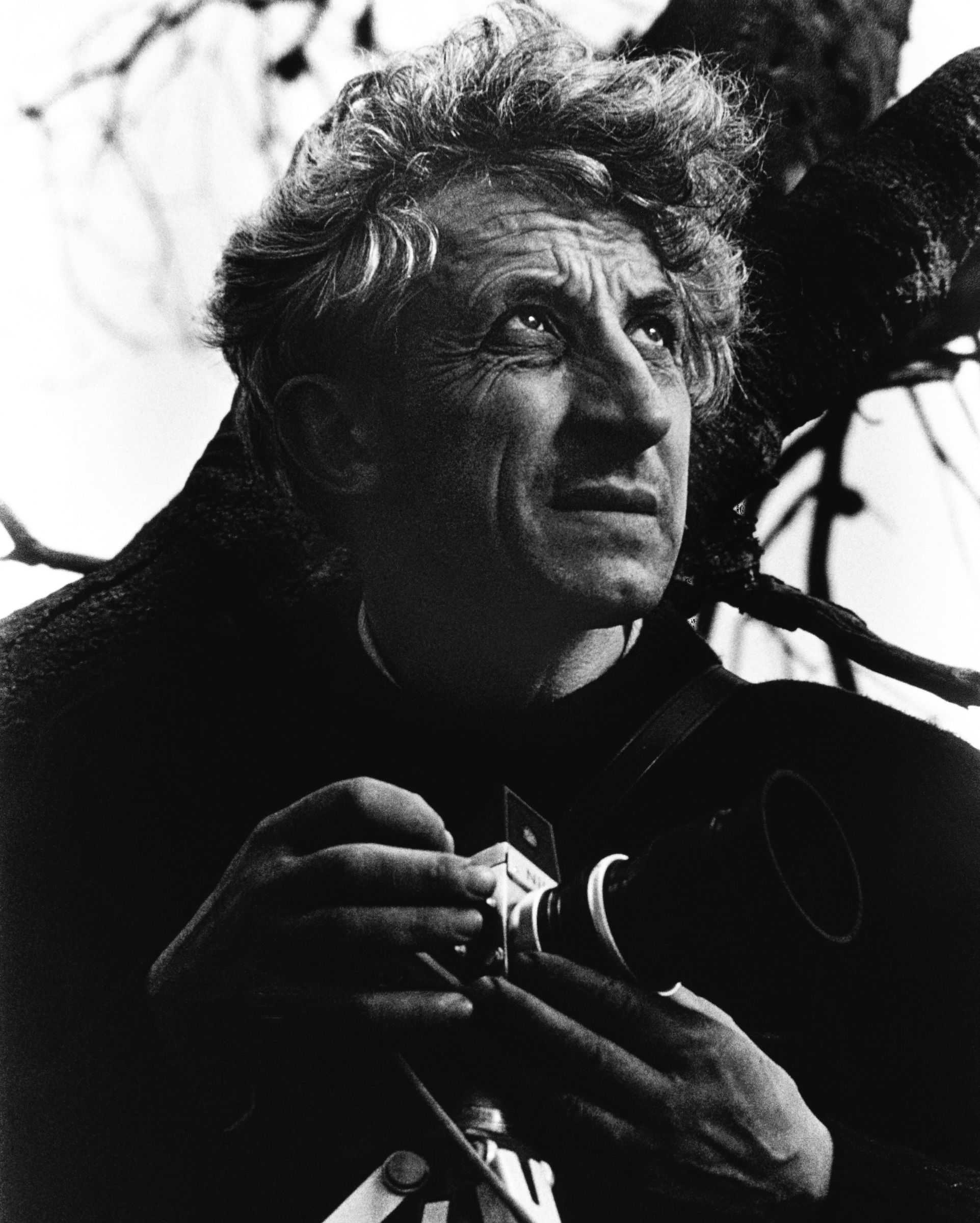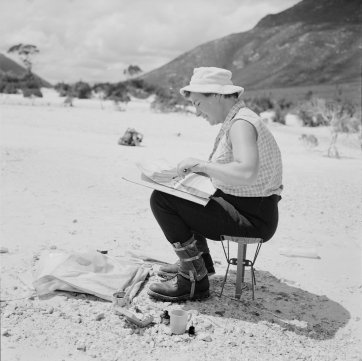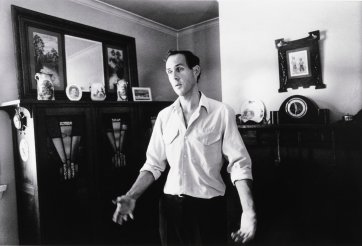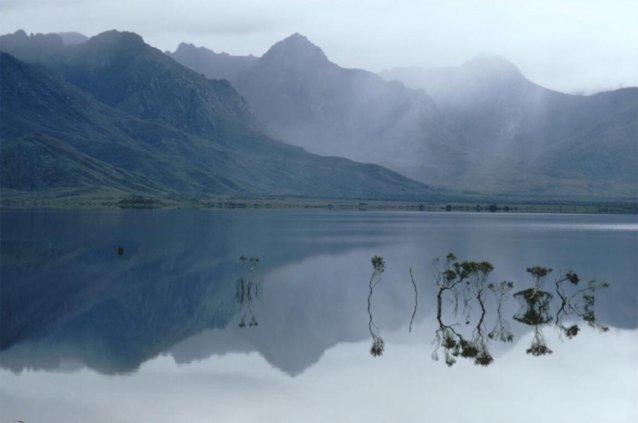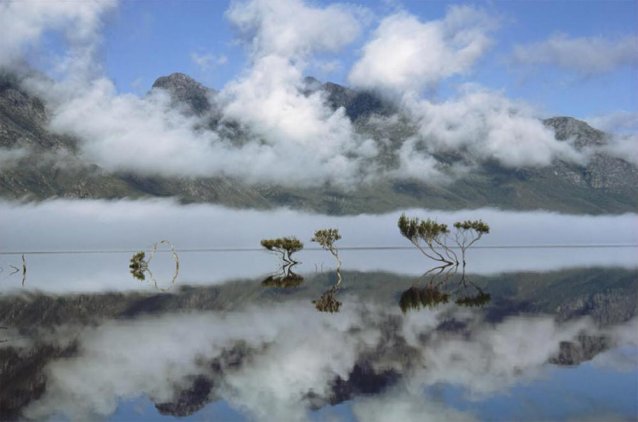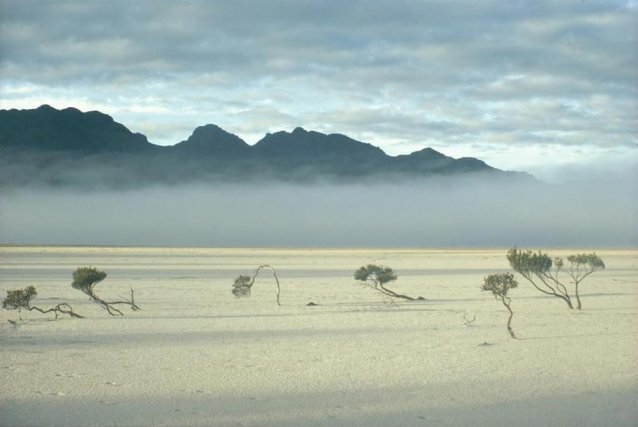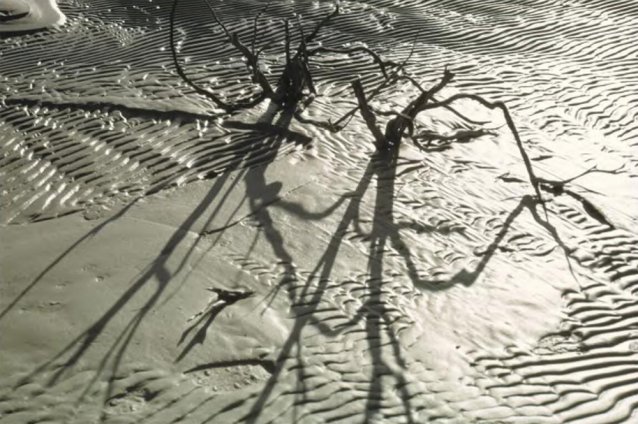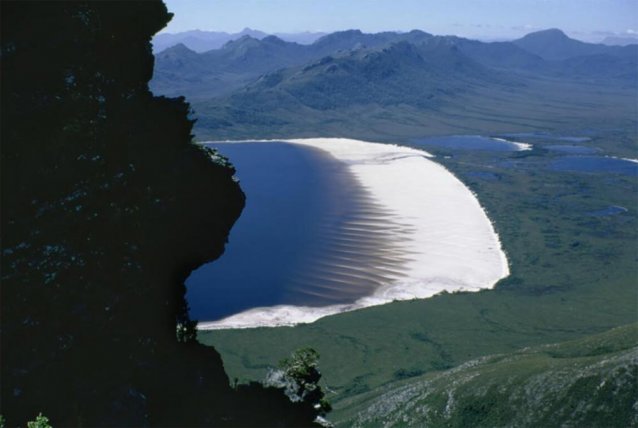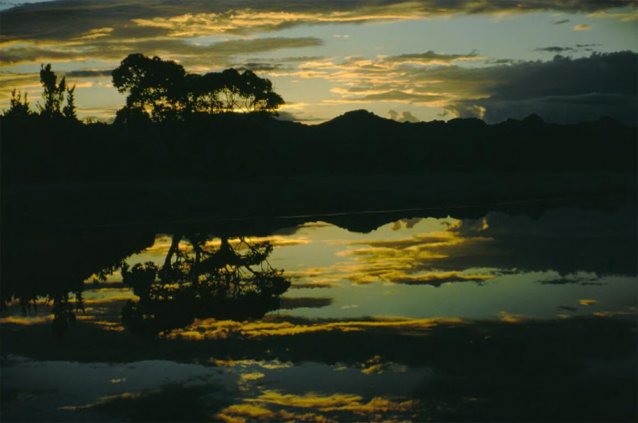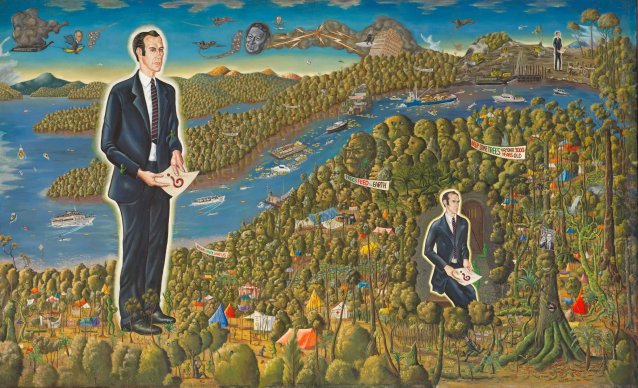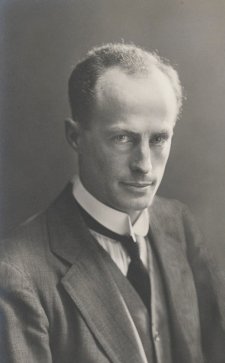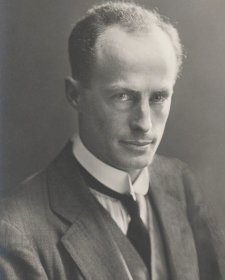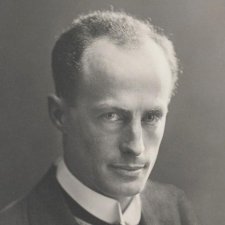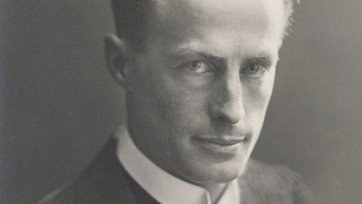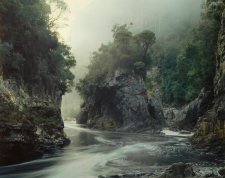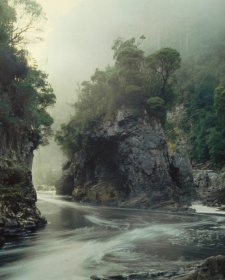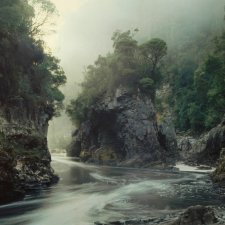On Friday, 20 March 2020, the front page of the Hobart Mercury featured little other than a satellite image of Tasmania and a pugnacious headline: ‘We’ve got a moat and we’re not afraid to use it’. Tasmania’s ports closed at midnight that day as the state acted to maximise its natural self-isolation as protection from the coronavirus cases multiplying on the mainland. 20 March 2020 was also the day I returned to so-called civilisation after a week-long bushwalk in one of the island’s fabled national parks. My trip back to Canberra suspended; my workplace facing imminent, indefinite closure; the strong temptation to head straight back out into the bush resisted; what else to do but settle in and gear up for an extended, unexpected stay?
- Plan your Visit
- Full calendar
- Current exhibitions
- Touring exhibitions
- Previous exhibitions
- National Photographic Portrait Prize
- Darling Portrait Prize
- Make a booking
- School visit information
- Current programs
- Virtual excursions
- Learning resources
- Little Darlings
- COVID-19 Safe Plan
